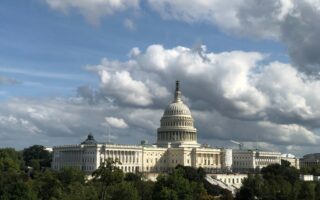New DOL Overtime Regulations
By Kevin M. Mosher • May 20, 2016
Not much occurred this week, but for the Department of Labor (DOL) announcing the first salary increase to the salary level test for employers asserting exempt status for Executive, Administrative and Professional (EAP) employees, the Equal Employment Opportunity Commission (EEOC) issuing guidance on wellness program, and new STEM post-graduation rules for foreign nationals working in the U.S. Otherwise, pretty ho-hum. This week we will focus on the most impactful for businesses: the DOL’s changes to overtime laws.
On Wednesday (May 17, 2016), the DOL finalized its proposed revisions to its regulatory interpretation of the Fair Labor Standards Act (FLSA). These new regulations, once in effect on December 1, 2016, will increase the income level of those who are classified as EAP exempt from overtime pay to $47,476.00 or $913.00/week. That is to say, that if you intend on classifying an employee as exempt under any of these EAP classifications they will, at the least, need to be paid a salary of $47,476.00 annually. This almost doubles the prior threshold of $23,660.00 and allows a greater number of employees to qualify for overtime pay to as many as an additional 4.2 million employees. Though less impactful, the new salary level threshold for Highly Compensated Employees (HCEs) will be $134,004.00, versus the $100,000.00 it is today.
Other things of note from the final regulations:
-
There will be no changes to the duties test. This is big, because a change to the duties test would have detrimentally impacted employers from classifying (for example) working supervisors as exempt under the executive/managerial classification. The DOL had indicated it was considering adding a quantification component similar to California’s that would have required employers to show an employee was performing exempt duties at a certain percentage of time to qualify under the specific exemption. California’s test requires more than 50% of the time dedicated to performing exempt related duties.
-
The salary threshold will be updated every three (3) years and tied to the 40th percentile of full-time salaried workers in the lowest wage region of the country (currently the Southeast) and the 90th percentile for HCEs.
-
Employers will be able to count certain nondiscretionary bonuses and incentive payments, including commissions, toward meeting the salary level up to 10% that are paid quarterly or on a more frequent basis to employees. Consider this a “give” to the business community from the DOL, as these sorts of payments have not been able to count toward meeting the salary level test in recent years. This rule does not impact HCEs, however, because most of their salary can already (under current rules) be paid in bonus and incentive pay.
Thompson Coe and myHRgenius Tip of the Week is not intended as a solicitation, does not constitute legal advice, and does not establish an attorney-client relationship.










